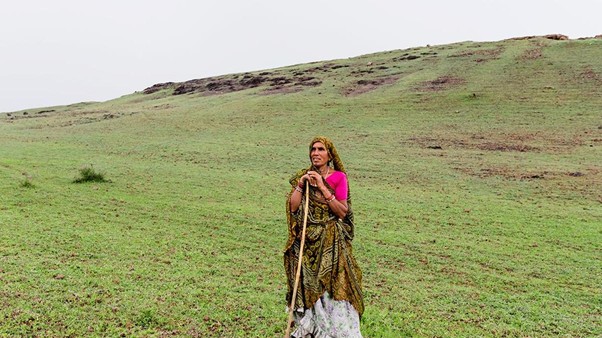




Disclaimer: Copyright infringement not intended.
A recent Kerala Forest Research Institute study (2002–2020) highlights that the Nilgiri marten relies heavily on old, hollow-bearing trees for its survival.
The findings raise urgent concerns about conserving mature trees in the Western Ghats.
The Nilgiri marten is a rare, carnivorous mammal found only in the Western Ghats of India. It is the only marten species native to southern India and is known for its elusive nature, making it one of the least studied small carnivores in the region.
Features of Nilgiri Marten
|
Aspect |
Details |
|
Scientific Name |
Martes gwatkinsii |
|
Family |
Mustelidae (same family as otters and weasels) |
|
IUCN Status |
Vulnerable |
|
CITES Status |
Appendix III (India) |
|
Distribution |
Endemic to the Western Ghats, especially in Kerala, Tamil Nadu, Karnataka |
|
Appearance |
Reddish-brown fur, long slender body, bushy tail, and a distinctive yellow or orange throat patch |
|
Size |
Medium-sized, around 55–65 cm body length + tail |
|
Behaviour |
Arboreal (tree-living), agile, solitary, shy and elusive |
|
Diet |
Omnivorous – feeds on fruits, insects, small mammals, birds and reptiles |
|
Habitat |
Evergreen and Shola forests of mid to high elevations (above 1,000 m) |
Ecological Role
Acts as a predator of small animals and insects – helps control pest populations.
Aids in seed dispersal by eating fruits.
Indicator of forest health – thrives only in undisturbed habitats.
|
Aspect |
Details |
|
Ecological Value |
Vital microhabitats for >500 vertebrate species in India |
|
Species Benefited |
Birds, bats, small mammals, reptiles, amphibians |
|
Nilgiri Marten's Dependency |
Relies on tree hollows for shelter, safety and possibly reproduction |
|
Hollow Formation Time |
Takes decades to centuries to naturally develop |
|
Issue |
Details |
|
Loss of Old Trees |
Logging, plantations replacing native forests |
|
Lack of Legal Protection |
Many hollow-bearing trees lie outside Protected Areas |
|
Unsuitable Plantations |
Fast-growing plantations like acacia and eucalyptus lack tree hollows |
|
Time to Form New Hollows |
Too long to wait for natural replacements |
|
Recommendation |
Explanation |
|
Retain Old-Growth Trees |
Both in Protected Areas and plantations |
|
Policy Reforms |
Include hollow-bearing tree conservation in forest management policies |
|
Incentivize Mixed Forests |
Promote plantation models with native species that develop hollows |
|
Awareness and Monitoring |
Educate stakeholders; implement long-term monitoring of hollow users |
Sources:
|
PRACTICE QUESTION Q. With reference to the Nilgiri Marten consider the following statements:
Which of the statements given above are correct? A. 1 and 3 only Answer: B. Explanation: Statement 1 is incorrect. It is listed as Vulnerable not Critically Endangered. Statement 2 is correct. It is endemic to the Western Ghats and is elusive. Statement 3 is incorrect. It relies on tree hollows primarily for safety not thermoregulation. Statement 4 is correct. Logging and plantations threaten its natural habitat. |







© 2025 iasgyan. All right reserved